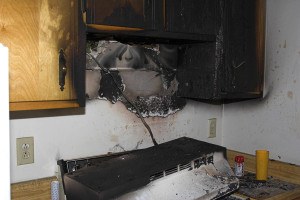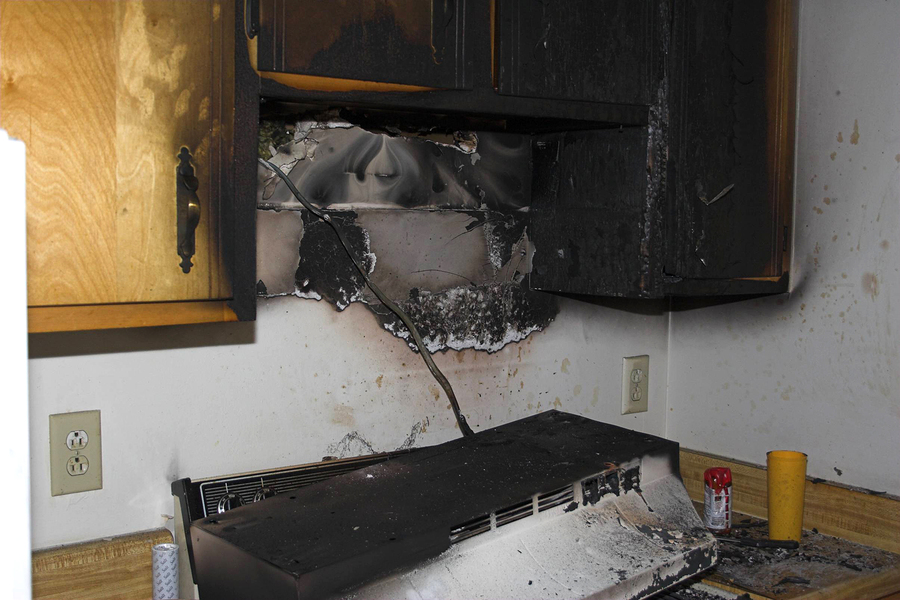Cooking remained the leading cause of all residential building fires and injuries from 2008 to 2010, accounting for 45 percent of all residential building fire responses by fire departments, according to a new report from the U.S. Fire Administration (USFA).
The report, Cooking Fires in Residential Buildings (2008-2010), addresses the characteristics of these fires and is based on data from the National Fire Incident Reporting System (NFIRS).
 Cooking fires includes fires caused by stoves, ovens, fixed and portable warming units, deep fat fryers and open grills, as well as those confined to a pot or pan.
Cooking fires includes fires caused by stoves, ovens, fixed and portable warming units, deep fat fryers and open grills, as well as those confined to a pot or pan.

Findings from the report developed by the USFA’s National Fire Data Center include:
- An estimated 164,500 cooking fires in residential buildings occurred in the United States each year and resulted in an annual average of 110 deaths, 3,525 injuries and $309 million in property loss.
- Residential building cooking fires peaked from 5 p.m. to 8 p.m. when many people were preparing the evening meal.
- Confined fires, those fires limited to the cooking vessel, accounted for 94 percent of residential building cooking fires.
- Oil, fat and grease (51 percent) were the leading types of material ignited in larger, more widespread cooking fires in residential buildings.
- Residential cooking fires were most prevalent during months of major holidays, peaking in November.
- Three types of equipment played a leading role in the ignition of 87 percent of nonconfined residential cooking fires: ranges or kitchen stoves (74 percent), ovens and rotisseries (7 percent) and heating stoves (6 percent). Microwaves were involved in only 4 percent of nonconfined cooking fires.
Source: USFA
Was this article valuable?
Here are more articles you may enjoy.


 Poll: Consumers OK with AI in P/C Insurance, but Not So Much for Claims and Underwriting
Poll: Consumers OK with AI in P/C Insurance, but Not So Much for Claims and Underwriting  SC High Court Strikes ‘Troubling’ Denial of Comp Claim, Says Can’t Be Based on Stats
SC High Court Strikes ‘Troubling’ Denial of Comp Claim, Says Can’t Be Based on Stats  Beyond the Claim: How Social Canvassing is Transforming Insurance Fraud Detection
Beyond the Claim: How Social Canvassing is Transforming Insurance Fraud Detection  J&J, Kenvue Told to Pay $45 Million to Baby Powder User’s Family
J&J, Kenvue Told to Pay $45 Million to Baby Powder User’s Family 